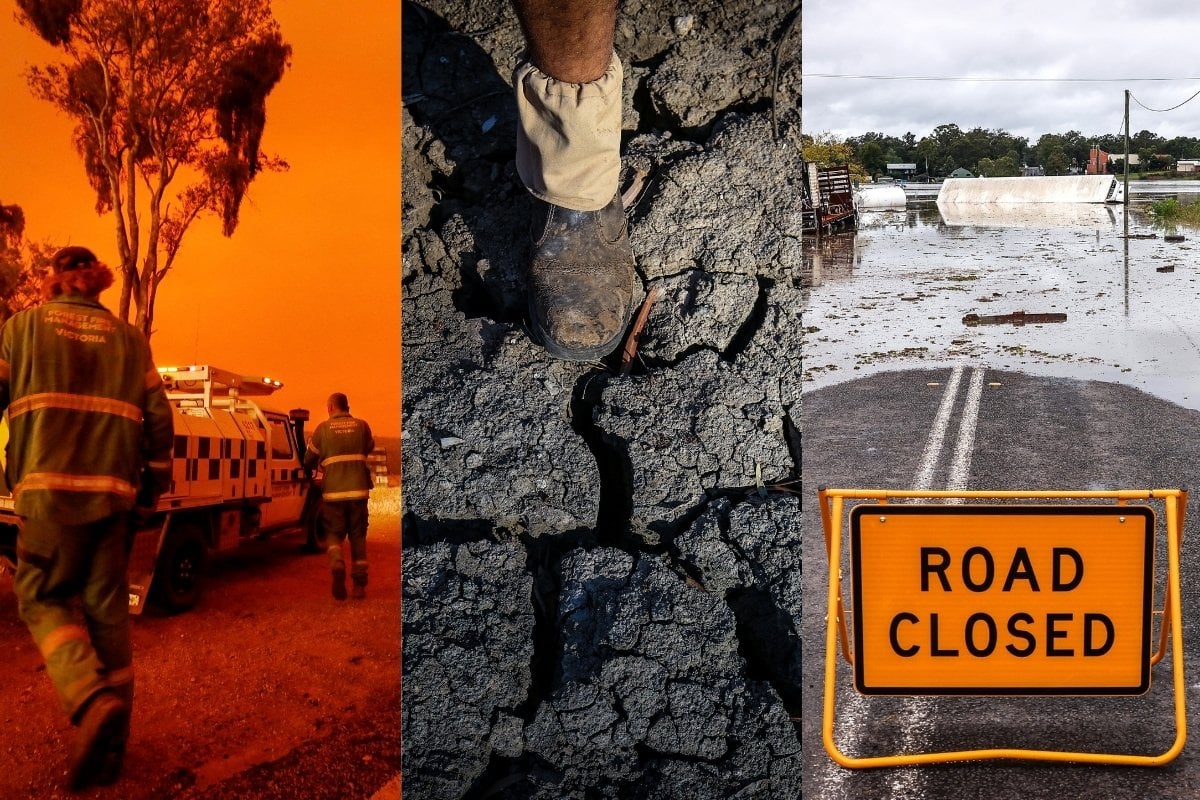
It's the 4,000-page document that UN Secretary-General António Guterres has described as nothing less than "a code red for humanity".
Compiled by 234 leading scientists from 66 countries, the latest IPCC climate report was released this week, offering a damning review of the world's current efforts to tackle global warming.
Here's what you need to know.
What is the IPCC?
The Intergovernmental Panel on Climate Change (IPCC) is the peak climate science body of the United Nations and the World Meteorological Organisation.
The IPCC was formed in 1988 to "provide regular scientific assessments on climate change, its implications and potential future risks".
It has now released six reports into the state of the climate and the extent to which it's being impacted by human activity.
The latest report, released this week and approved by 195 IPCC member nations, paints the bleakest picture yet.
What did the latest IPCC report find?
Remember the Paris Agreement? That was a legally binding commitment made in 2015 by 196 nations to prevent Earth from warming more than two degrees Celsius from pre-industrial levels by 2050. And that was the outside target. The preferable limit agreed upon to limit the life-altering effects of global warming was 1.5 degrees.
Well, the IPCC report has concluded that, under the current emissions policies in place around the world, both those targets are now "beyond reach".
The #IPCC released its latest #ClimateReport today, #ClimateChange 2021: the Physical Science Basis.
— IPCC (@IPCC_CH) August 9, 2021
“The role of human influence on the climate system is undisputed.” – Working Group I Co-Chair @valmasdel
Report ➡️ https://t.co/uU8bb4inBB
Watch the video, 🎥 ⬇️ pic.twitter.com/hZOSU1xWQR




























































































